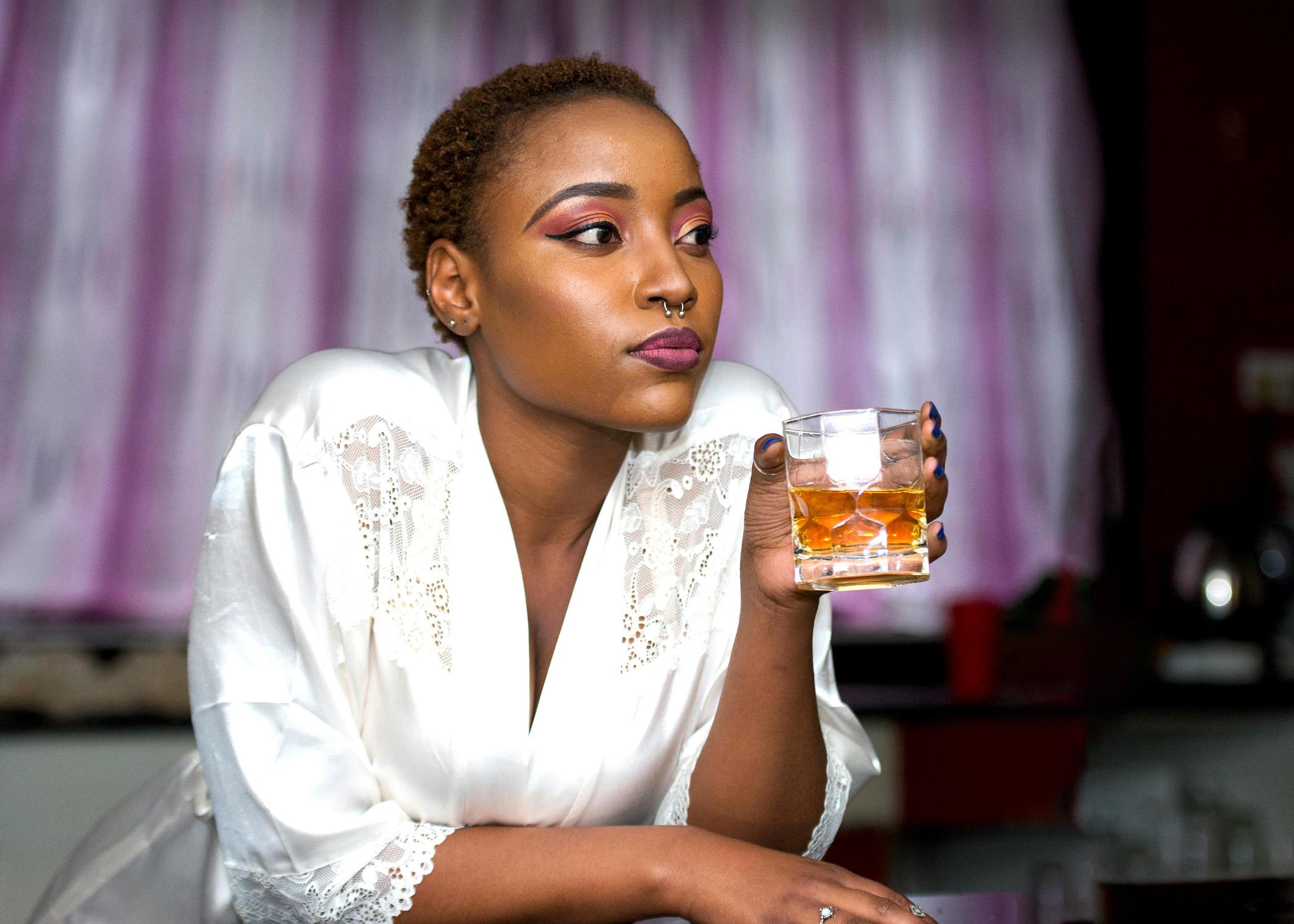
The Art of Non-Alcoholic Spirits
blog
For decades, spirits and cocktails have fostered a culture of craft, connection, and celebration. But over time, cocktail culture has evolved far beyond the buzz!
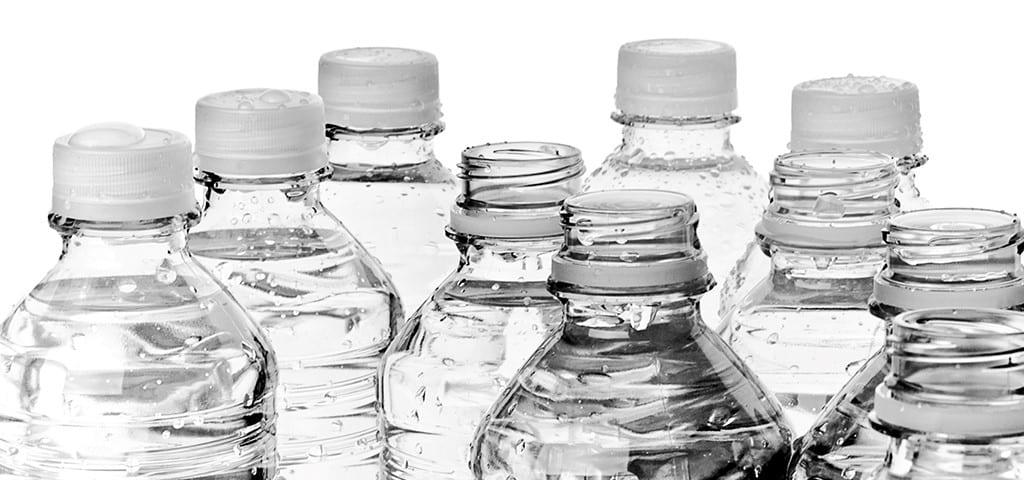
Written by Glenn Clark, President of Crafting A Brand.
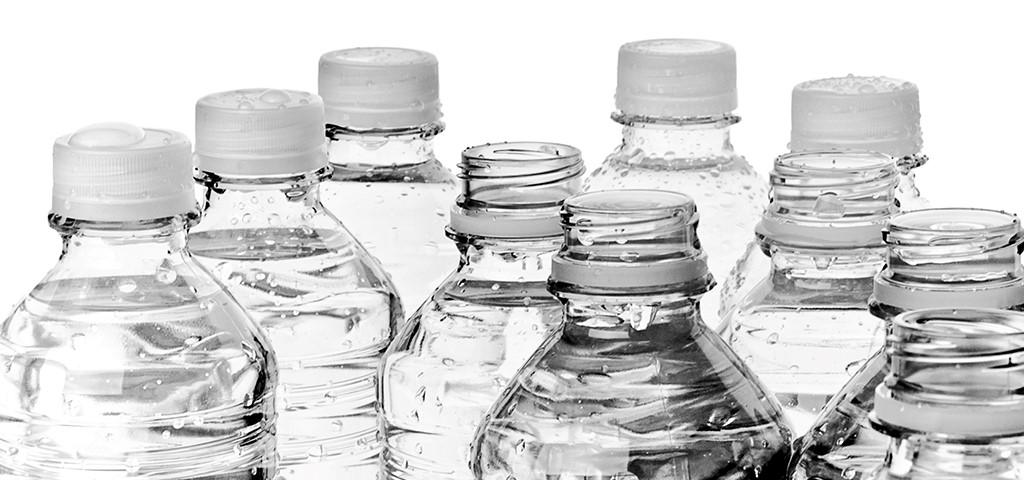
In 1975, the easiest and most obvious place to get drinking water was from the nearest faucet. If you were on a conference call at the office, jogging in the park, or simply enjoying dinner with your family, a free, clean, and unlimited supply of drinking water was yours to be had only steps from where you were standing.
And then one day in the late 1970s, I imagine, there was a meeting at a company that sold spring water. A young marketing assistant raised his hand and said "Hey, what if we sold our water in plastic bottles? I bet people would spend a dollar on each bottle!" How absurd that would have sounded… Why would anyone spend a dollar on a bottled water when it was available for free, virtually everywhere?
Fast-forward to today's market and bottled water sells more than any other beverage in the United States. Worldwide, over 200 billion individual bottles of water were sold in 2017, and global sales are on track to exceed $20 billion by 2020.
However, the statistic that's even more insightful (as it relates to marketing) is the number of brands positioned to satisfy consumers' thirst for drinking water: over 200 businesses are packaging, branding, and selling what is essentially one the developed world's most ubiquitous commodities. The ways that bottled water producers wrap their product in story is a case study for the magical and revenue-driving powers that branding can bestow upon a product.
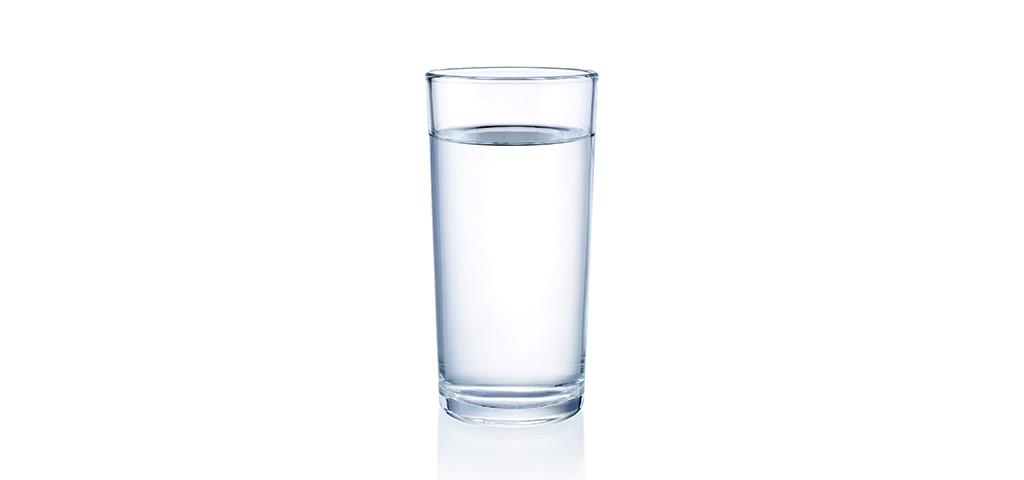
I use the following group exercise during brand strategy workshops to answer this question. First, I line up ten different bottled water brands on a table and ask five people to identify their "favorite." Then, I ask them to explain the reasoning behind their choices. Phrases I've heard over and over include "Evian makes me think of the cold, pure water that would come from a glacier," "the Voss container makes me feel like I'm treating myself to something indulgent," and "I'm pretty sure Smartwater goes through some sort of process to make it more pure."
Although each brand of water may indeed have a unique flavor profile, let's assume the average consumer can't tell the difference between Evian and Aquafina. If "all water is quite the same," the matter of differentiating the product then relies entirely on the individuals charged with branding the water, and their ability to tell the story behind the product. Consider the variety of ways in which branding (and you, as a beverage producer) can influence the consumer with storytelling at retail:
Your "story" is told through these devices and stories are how brands differentiate themselves from their competitors. Without a story, a product stands isolated and naked. Imagine Jack Daniels without its southern heritage, Disneyland without Mickey Mouse, or Starbucks coffee stripped of its green mermaid. Our lives would be noticeably less interesting without the storytelling we experience courtesy of the brands we love.
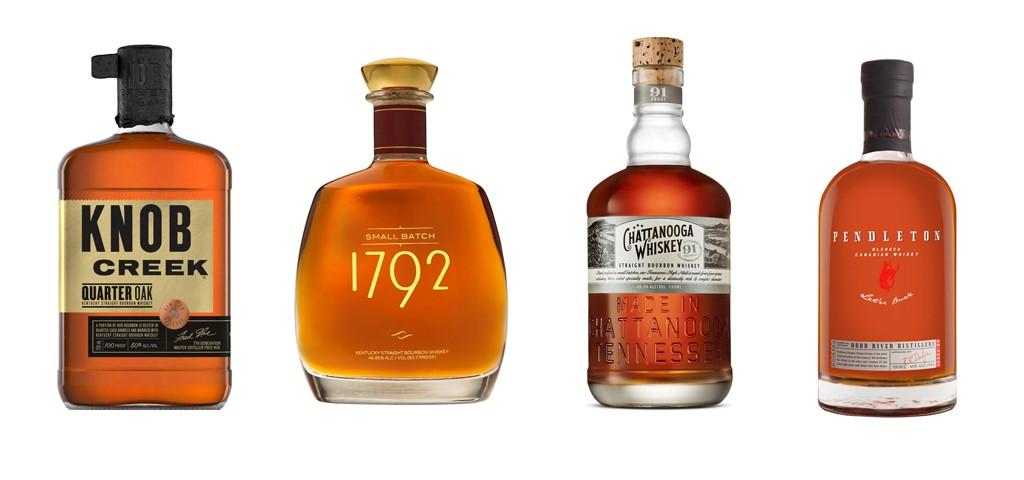
The alcoholic beverage category is one of the most competitive segments in the consumer marketplace. It's up to you, as a beverage producer, to develop strategies to differentiate your brand. And if water-bottlers can inspire consumers with visions of tropical rain forests, towering glaciers, and the bubbling springs of Northern Maine, imagine the stories you can tell about your hand-crafted, artisanal bourbons, vodkas, and gins. In today's highly-competitive markets, the brands that know how to tell their stories in engaging and creative ways will be rewarded with raving fans - perhaps for a lifetime.
Written by Glenn Clark, President of Crafting A Brand, a brand strategy and creative services firm located in the Finger Lakes region of New York State. If you enjoyed this article, sign up for Glenn's weekly "Three Things Every Thursday" e-newsletter at www.threethingseverythursday.com
Related Content
Four Ways to Make Your Spirits Packaging More Sustainable

blog
For decades, spirits and cocktails have fostered a culture of craft, connection, and celebration. But over time, cocktail culture has evolved far beyond the buzz!
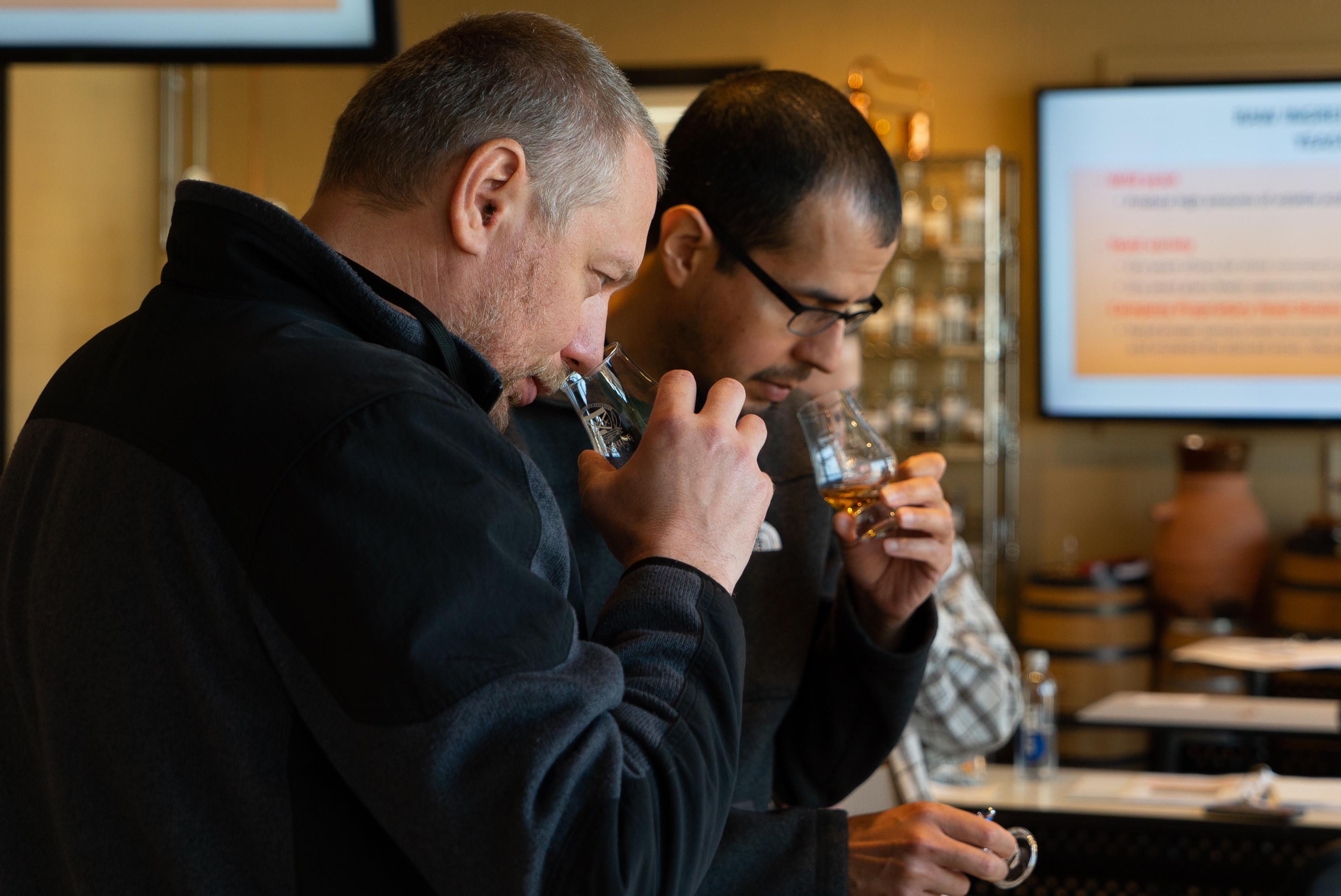
blog
Those that are familiar with the process of crafting distilled spirits may also be familiar with the 10 common congeners that are created during fermentation, and honed during the distillation run. Each congener has its own distinct personality, rendering unique tastes and aromas to the finished spirit.
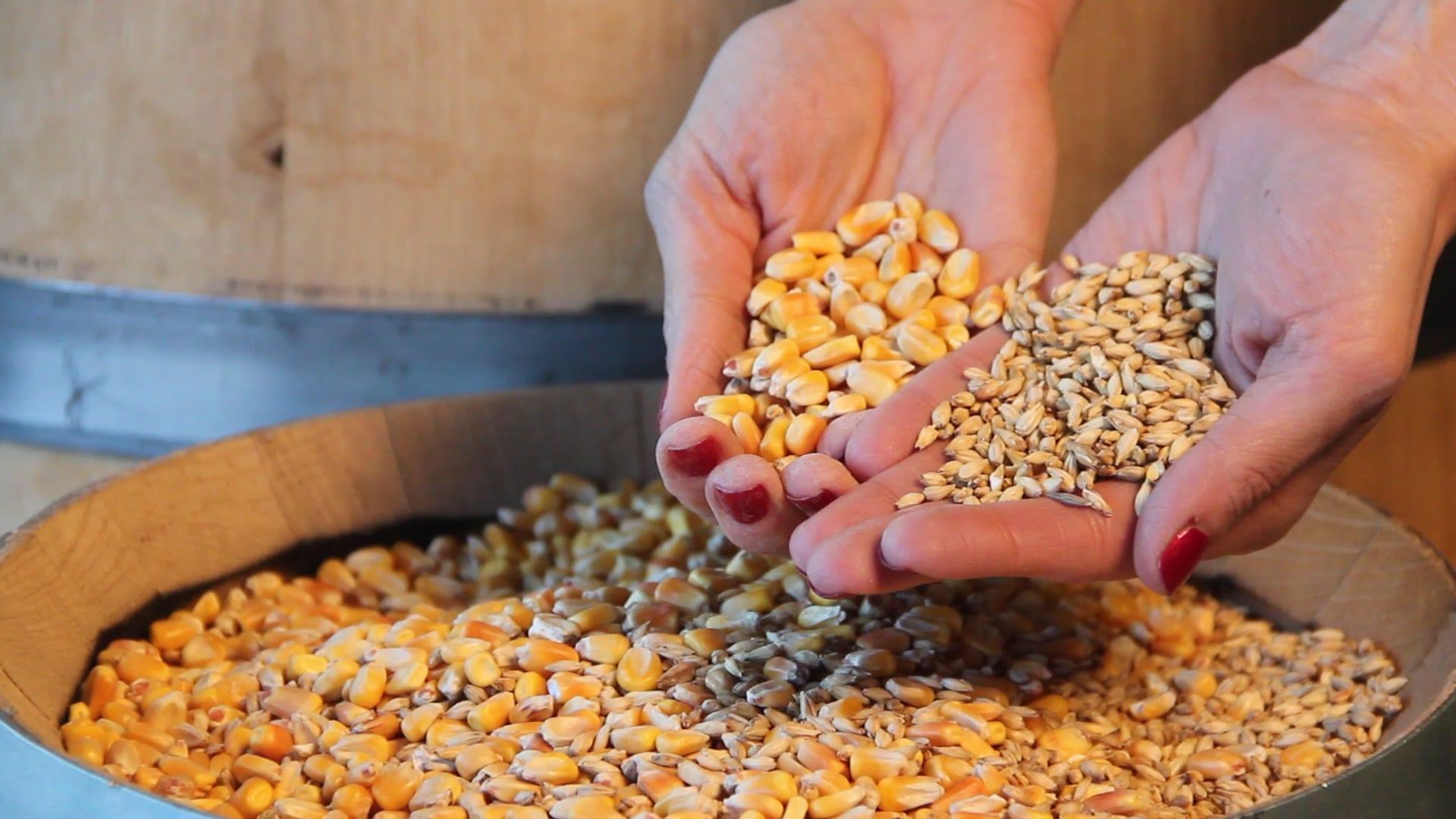
blog
So, you want to start distilling with freshly milled grain. Maybe you're tired of paying top dollar for the pre-milled stuff from the malt distributor, and you're ready to invest in the quality, efficiency, and bulk pricing that comes with milling your own whole grain. But where do you start?